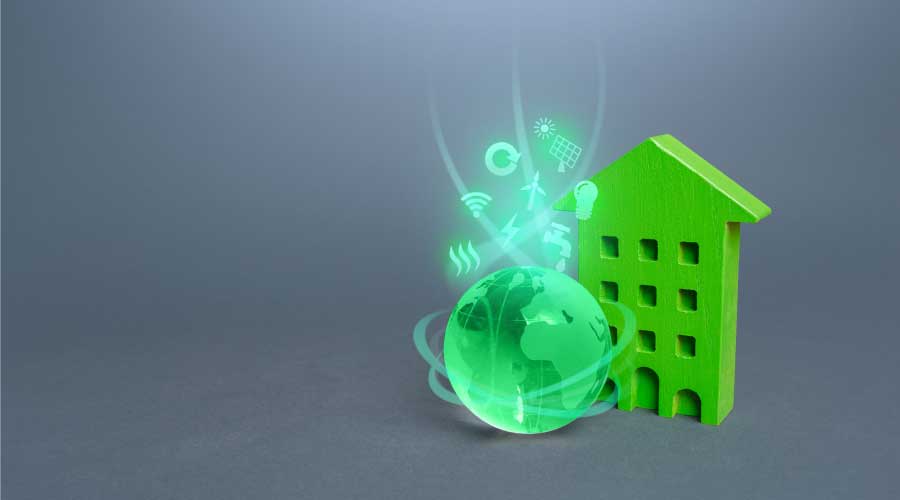Capturing Energy Loss
Thermal-imaging technology allows managers to measure, control, and reduce energy waste
One of the basic principles of maintenance management is measurement comes before control. Maintenance and engineering managers are applying this principle by using thermal imaging to reveal energy waste. By better understanding how thermal-imaging technology works to measure energy waste in equipment and building components, managers will be able to control and reduce it more effectively.
Infrared (IR) has a longer wavelength than visible light. While normal heat is only visible at very high temperatures, IR is emitted at normal temperatures by all objects and varies with temperature. The IR signal can be overlaid on a scene and displayed on a standard video monitor. A detector’s optics focus the energy emitted onto an infrared detector. Signal-processing circuitry translates the infrared detector data into the visible image on the monitor. The signal processor relays the data to the display, where it appears as various colors, depending on the infrared intensity emitted over a normal scene image.
Thermal infrared requires no illumination, since it uses the object’s own radiation. These systems see better than the naked eye in daylight, night and bad-weather conditions.
Applications
Thermal-imaging applications include electrical-distribution-system losses, heating, ventilation and air conditioning problems, equipment mechanical problems, building-envelope heat loss, and moisture seepage. All of these problems lead to energy waste.
In machinery, bearings, sleeves, packing glands, seals, gears and other wearing parts heat up excessively as they near the end of service life. This can occur prematurely, due to overload or if the lubrication breaks down causing metal-to-metal contact.
Scheduling regular scans enables detection of unusual heat without downtime. Then management can schedule the repair in regular downtime periods and save energy, while averting lost opportunity cost associated with unscheduled downtime.
Scanning pumps, fans, blowers, gear boxes and other process equipment during normal operation reveals incipient problems before they cause costly downtime.
Scanning electrical equipment during operation or disassembly saves energy and ensures complete and timely repairs. In one example, a synchronous motor scan indicated faulty winding connections. During a scheduled downtime, technicians made the repair, retested the partially assembled motor, and repaired another faulty connection. The second fault was detected during repair of the first. When the technician placed the motor back on line, it performed with no further problems.
In high-voltage transmission lines, a scan showed only a small temperature increase. But a second scan from a different viewpoint clearly showed dangerously hot conditions. Technicians re-routed the power, made the repair, and placed the system back in service without interruption.
The same potential exists in many low-voltage electrical-distribution feeders and branch circuits. If technicians use a good line of sight, they can detect any unusual temperature rise, pinpoint the source, and correct the cause, saving energy without unscheduled downtime.
Finally, building-envelope energy losses can waste enormous amounts of energy. In older buildings with lower insulation values, IR scanners can detect physical damage to the exterior seal, water migration into the insulation, or heat loss through and around windows and doors. New, higher-rated insulation and proper seals can be installed, eliminating energy waste and reducing cost.
Related Topics:











